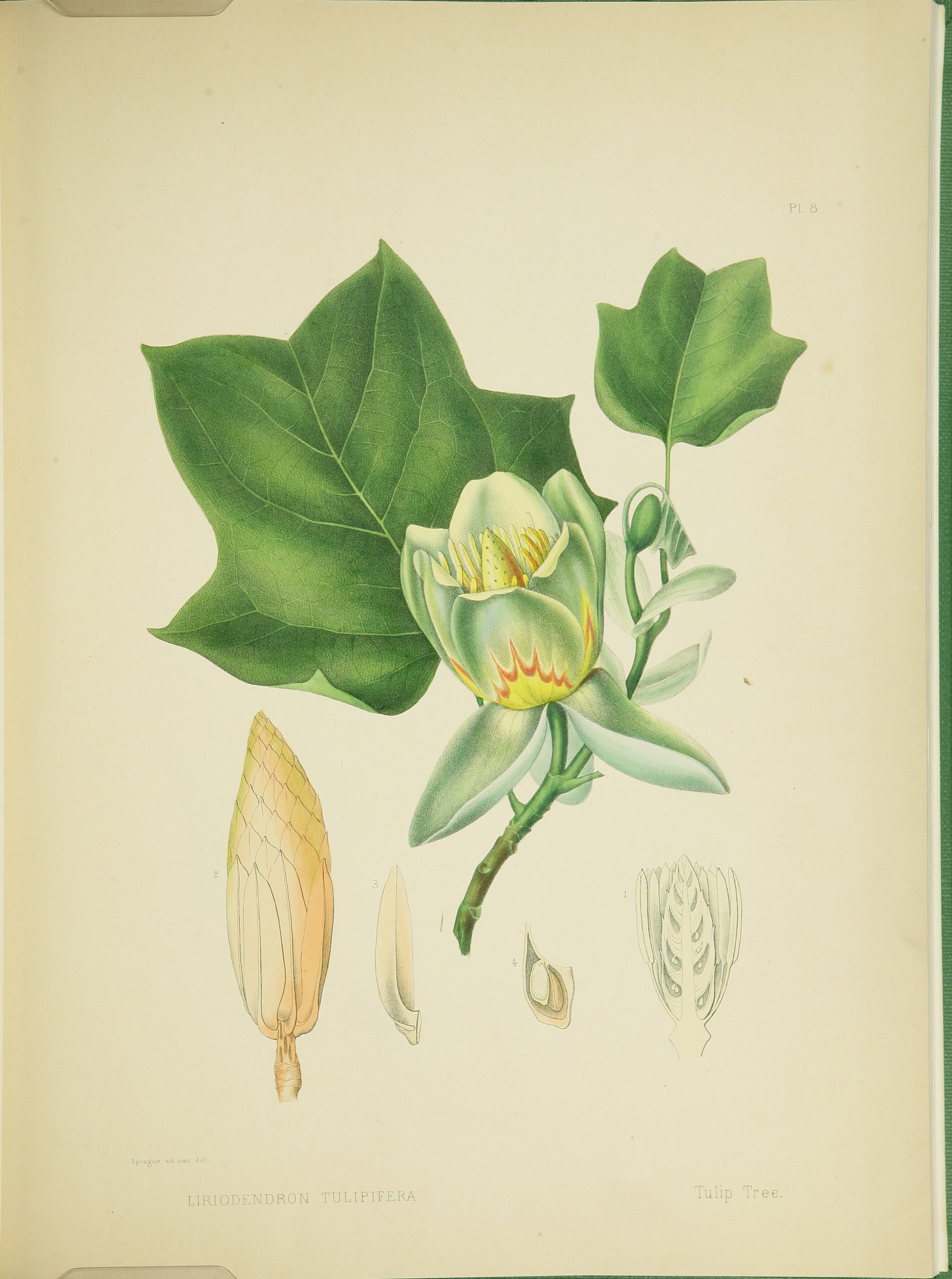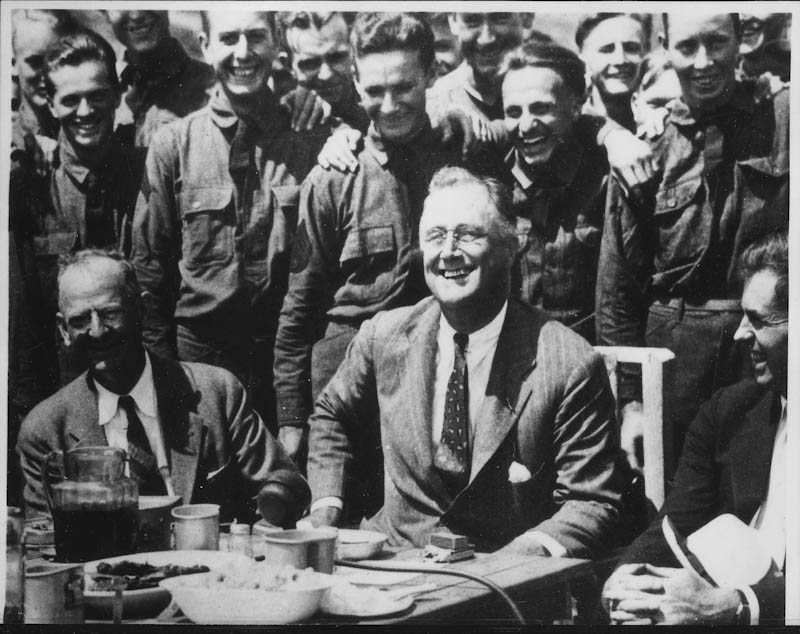 Web Content Display
Web Content Display
Tree at My Window Activity
 The trees, shrubs and flowers that grow in your yard are not only nice to look at and fun to have around; they provide a lot of added benefits you have probably never even considered. Today is the day you find out.
The trees, shrubs and flowers that grow in your yard are not only nice to look at and fun to have around; they provide a lot of added benefits you have probably never even considered. Today is the day you find out.
CATEGORY:
Science, English Language Arts, History, Research
GRADE LEVEL:
Elementary, Middle and High School
SUGGESTED TIME:
30 to 90 minutes
SUGGESTED MATERIALS:
-notebook or paper for jotting notes and making sketches
-pencil, phone for taking photos (not required), computer for looking up information
DISCOVERY OBJECTIVES:
To observe, describe, catalog and learn about the trees in your yard or neighborhood.
TAG US IN SOCIAL MEDIA:
Post a picture of your work to social media with the hashtag #fdractivities




